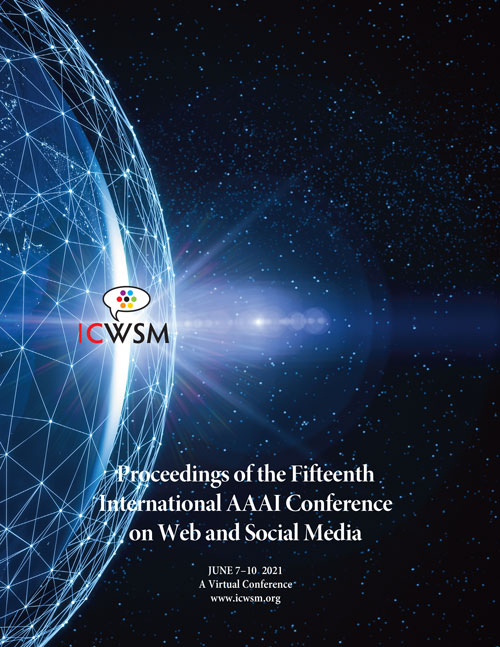On the Role of Micro-categories to Characterize Event Popularity in Meetup
DOI:
https://doi.org/10.1609/icwsm.v15i1.18042Keywords:
Organizational and group behavior mediated by social media; interpersonal communication mediated by social media, Text categorization; topic recognition; demographic/gender/age identification, Ranking/relevance of social media content and users, Trust; reputation; recommendation systemsAbstract
Event-based social networking platforms such as Meetup have recently witnessed a huge growth. However, with the rise in the volume of groups and events, making individual events attractive has become increasingly challenging for its organizers. As a result, we find that events hosted by groups of same category at similar venues and similar times, also widely differ in their popularity. Data study reveals that the topics specified in textual descriptions of events may be key to their popularity. In this paper, we introduce a novel concept of topical micro-categories in the context of EBSNs for accurately characterizing events, such that events belonging to the same micro-category exhibit similar popularity profile. We develop a principled method to detect such micro-categories from the textual descriptions of individual events. Our experiments reveal the significance of the detected micro-categories in determining the popularity of associated Meetup events and groups. We also investigate the effectiveness of the micro-categories in a real-world application scenario by developing a recommendation model; this model recommends relevant micro-categories to a group for hosting its future events with enhanced popularity. Notably, our model achieves an average NDCG score of around 0.75 showing a straight 5% improvement over the best performing competing method.Downloads
Published
2021-05-22
How to Cite
Bhowmick, A. K., Pramanik, S., Pathak, S., & Mitra, B. (2021). On the Role of Micro-categories to Characterize Event Popularity in Meetup. Proceedings of the International AAAI Conference on Web and Social Media, 15(1), 71-82. https://doi.org/10.1609/icwsm.v15i1.18042
Issue
Section
Full Papers

